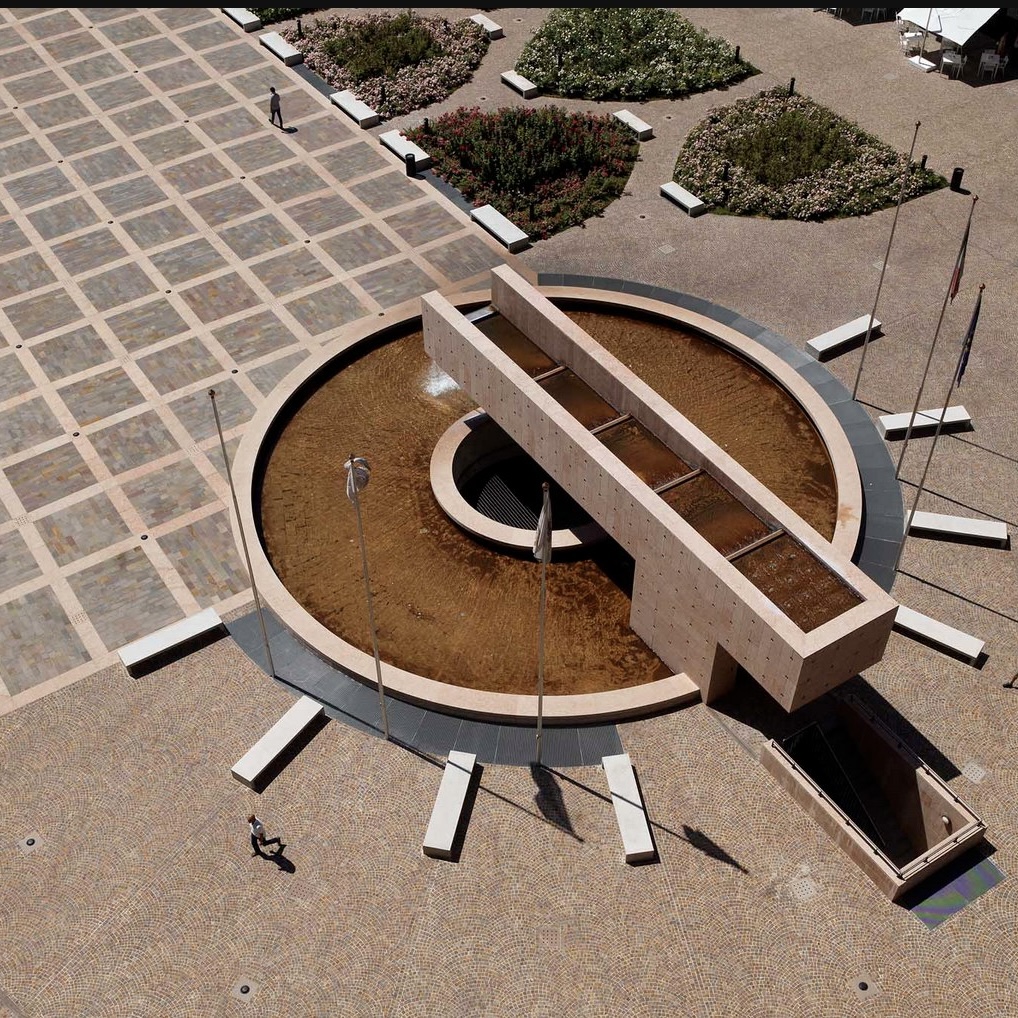Legendary Architects and Porphyry
Porphyry has been a material of choice for some of the most iconic and award-winning architects, known for its timeless beauty, durability, and versatility in architectural and landscape design. Below are a few notable architects who have utilized porphyry in their work, earning recognition for its integration into their designs:
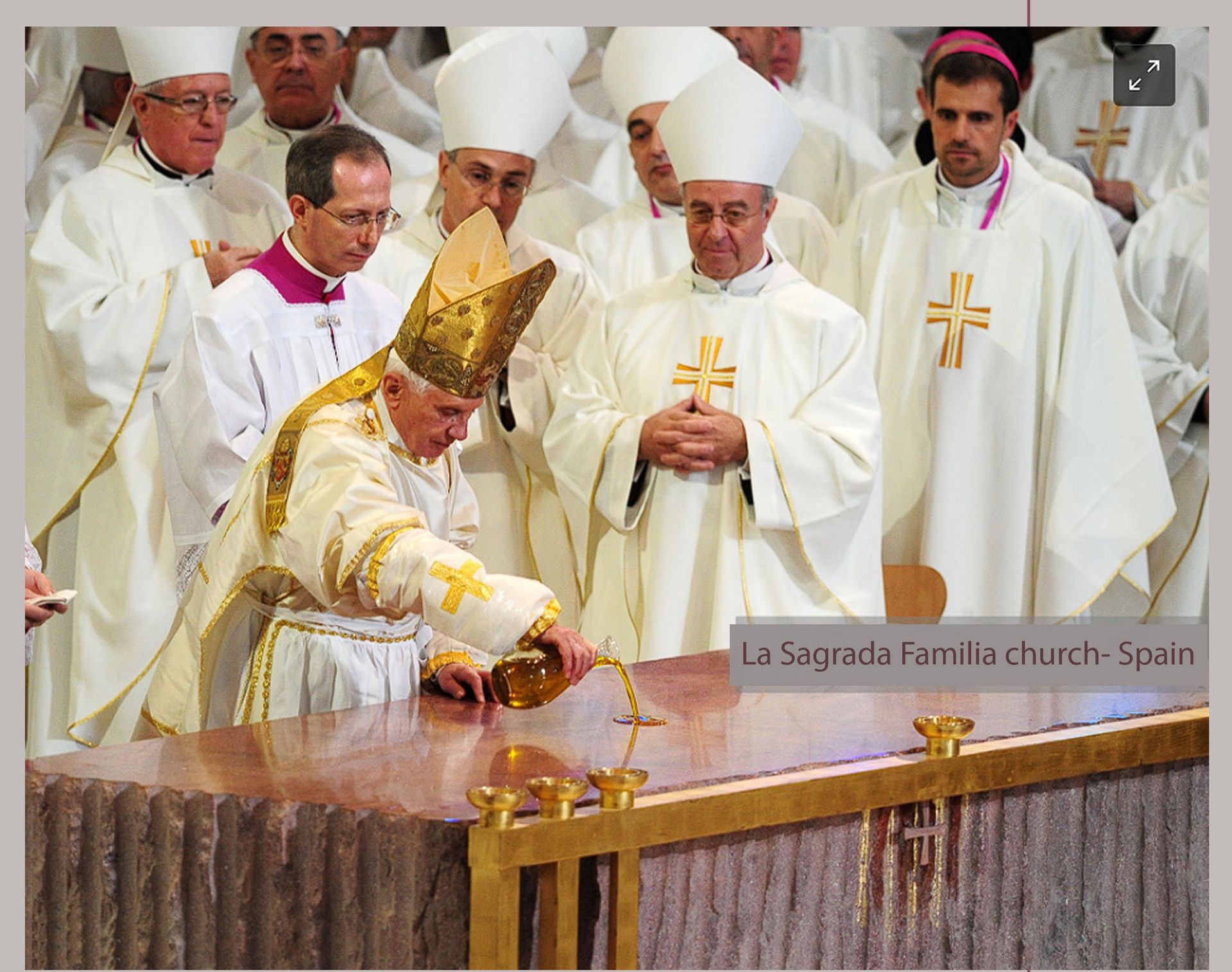


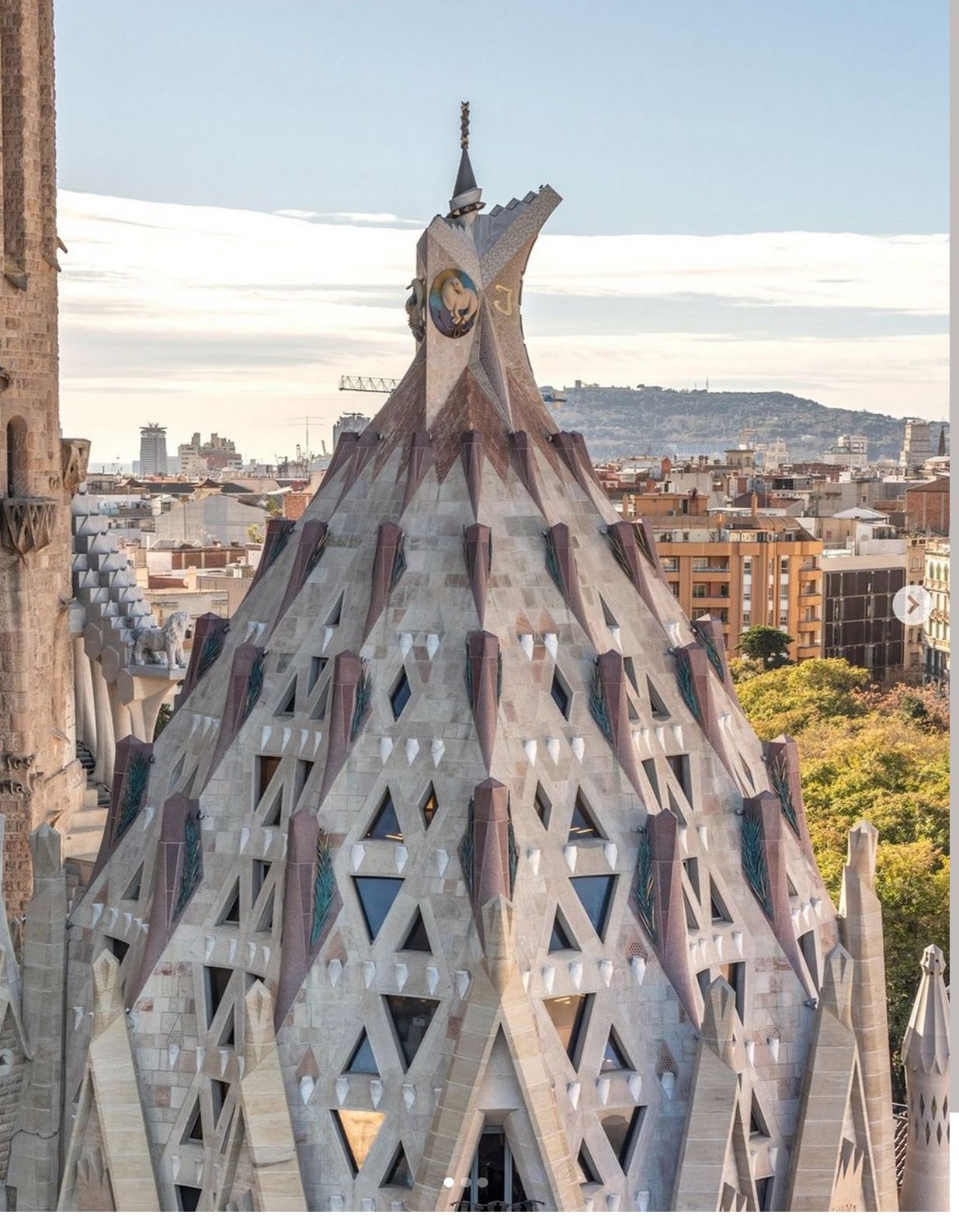

Antoni Gaudi
porphyry has been an integral part of the Sagrada Familia in Barcelona, adding both aesthetic beauty and functional durability to this iconic architectural landmark. Used in paving, facades, and decorative elements, porphyry harmonizes with Gaudi''s vision of blending architecture with nature.
- Paving & Public Spaces: Porphyry provides durable, slip-resistant surfaces around the basilica, complementing its organic design.
- Facades & Decorative Details: The rich colors of porphyry, particularly in the Passion Facade, symbolize the emotional depth of Christ’s journey, while enhancing the intricate stone carvings.
- Restoration & Durability: Used in restoration efforts, porphyry’s resilience ensures that the Sagrada Familia’s beauty will endure for centuries.
By using this natural stone, Gaudi’s masterpiece continues to reflect a harmonious connection between nature, faith, and architecture, demonstrating the enduring legacy of porphyry as a timeless material in sacred design.

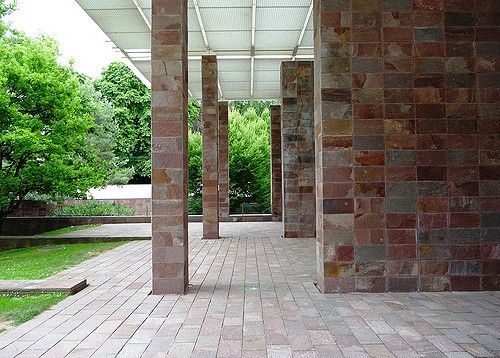
Renzo Piano
Renzo Piano, the acclaimed Italian architect celebrated for his contemporary and sophisticated designs, has incorporated porphyry into several of his notable projects. His design philosophy emphasizes the importance of harmonizing buildings with their natural surroundings, making porphyry an ideal material choice due to its natural tones and exceptional durability.
Highlighted Projects:
The Beyeler Foundation Museum: Known for his elegant design of this musuem in Basel, Switzerland, completed in 1997, Renzo, the 1998 Pritzker Prize winner, prominently utilized 𝐏𝐨𝐫𝐩𝐡𝐲𝐫𝐲 𝐒𝐭𝐨𝐧𝐞 for the paving, cladding, and staircases of this remarkable project. The porphyry used consisted of slabs featuring Natural Surface Porphyry with sawn edges.
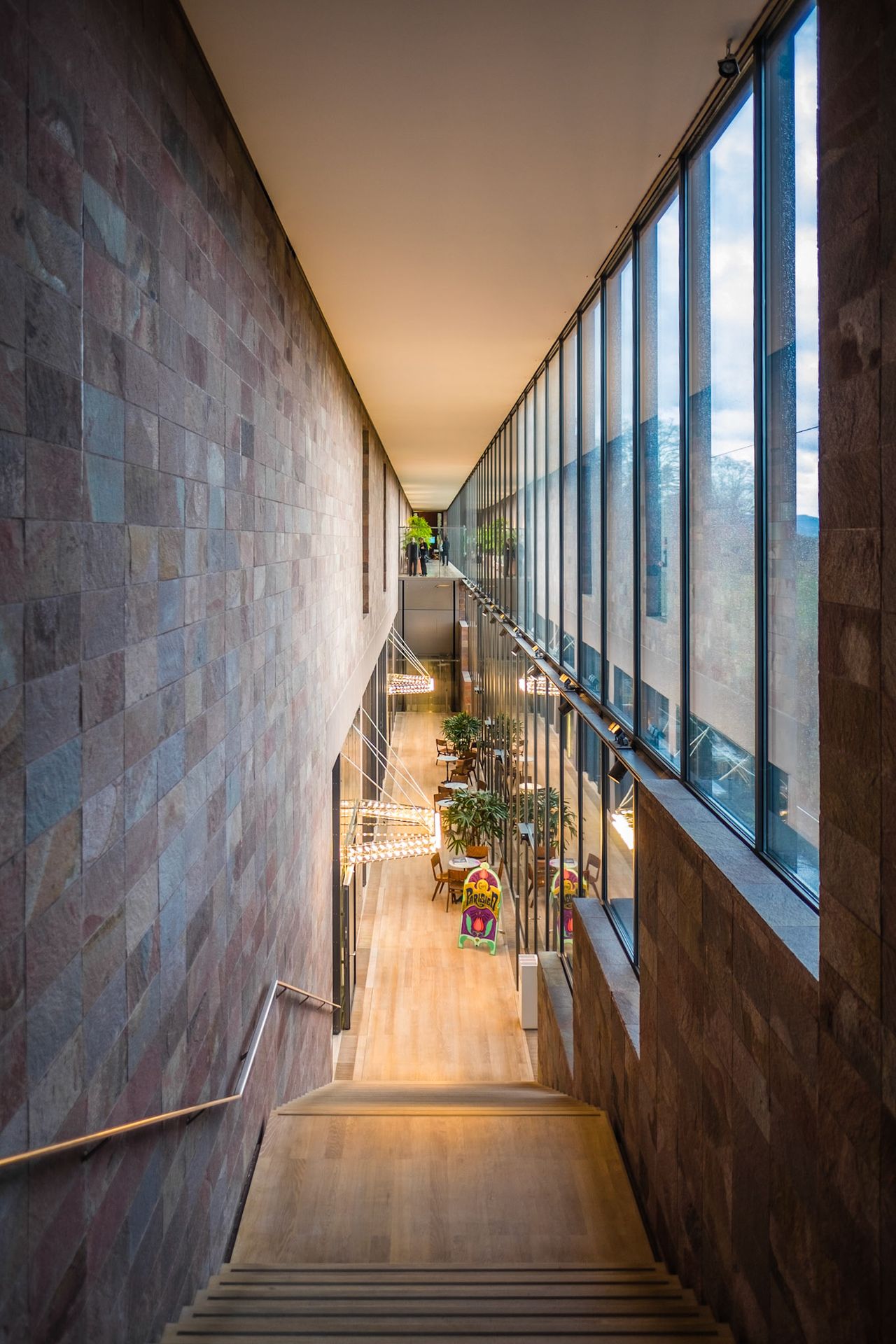
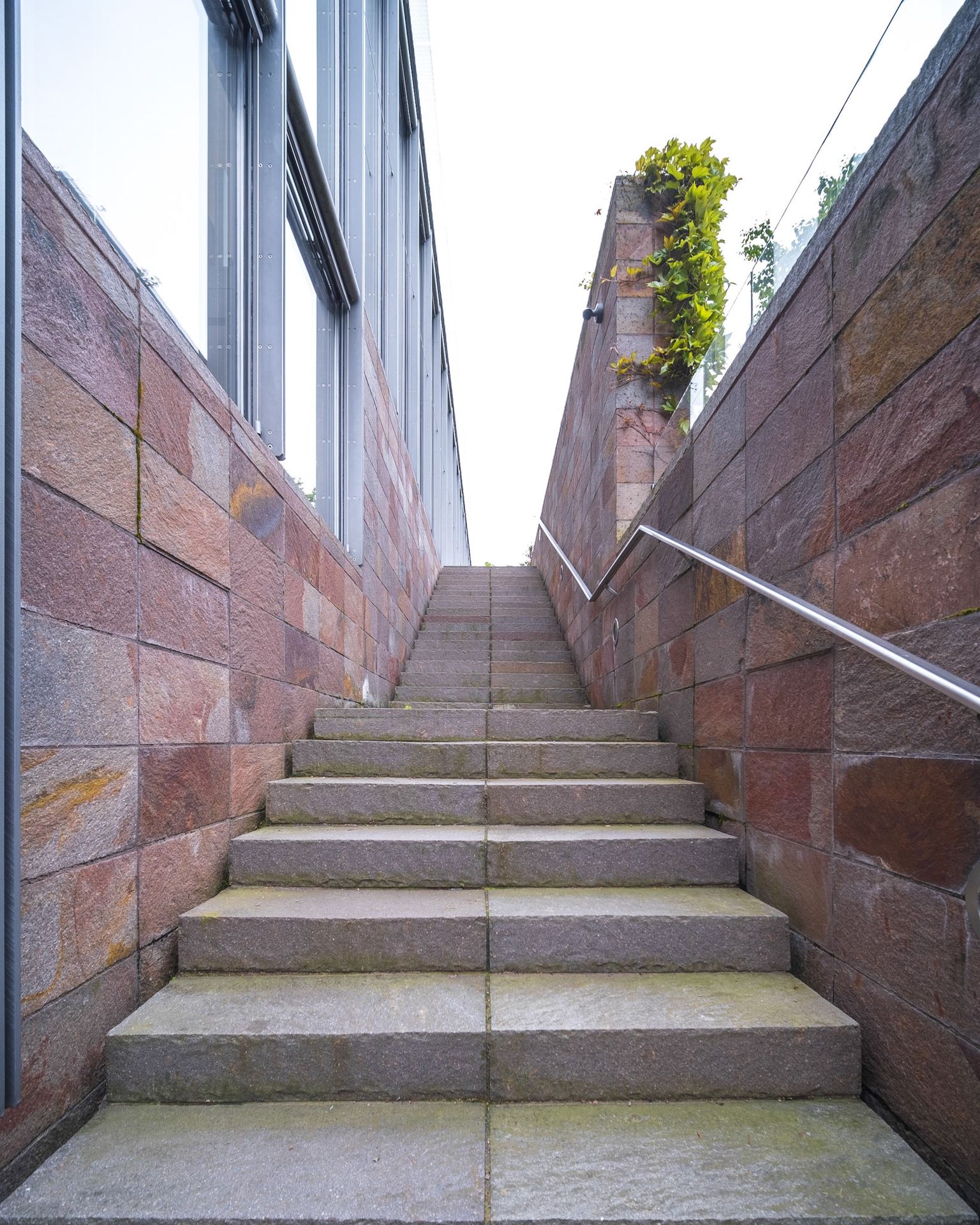
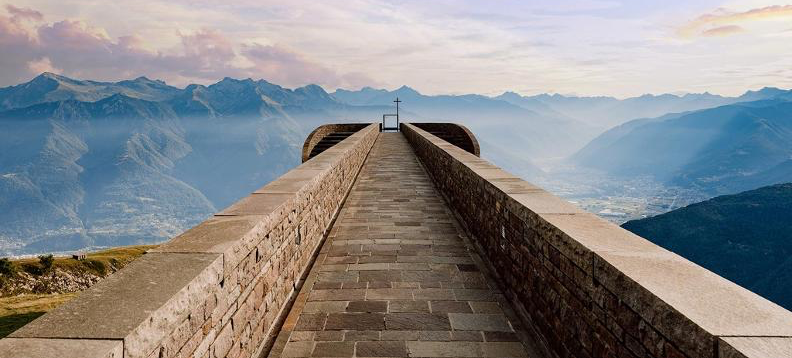
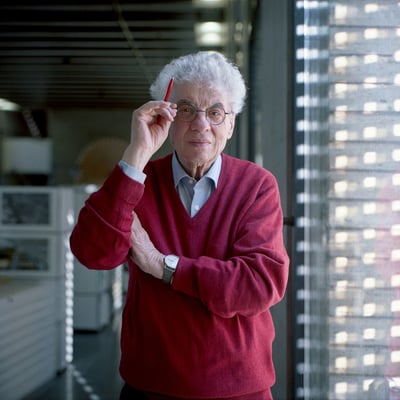
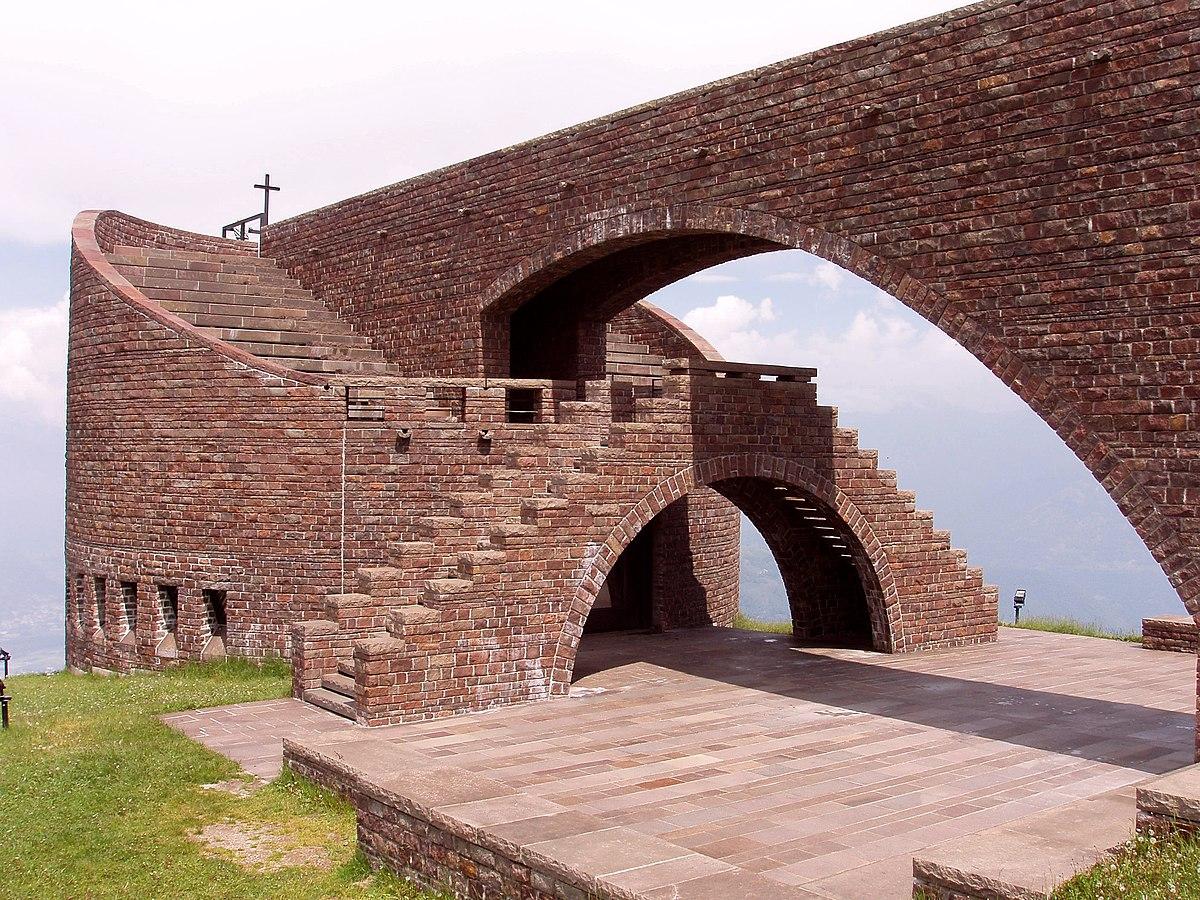


MARIO BOTTA
Mario Botta, the Swiss architect, is known for his expressive use of traditional materials and forms, often incorporating stone in his designs. Botta is particularly renowned for his use of natural stone in a way that blends modernist architectural principles with the vernacular of local building traditions. Porphyry, with its striking color variations and texture, often plays a key role in his work.
Highlighted Project:
San Rocco Church: The San Rocco Church is a powerful example of Mario Botta’s exploration of materiality and sacred space. Built in Morrovalle, Italy, this church is renowned for its use of porphyry, both for its structural elements and aesthetic qualities.
Santa Maria degli Angeli Church: Another notable project by Mario Botta that incorporates porphyry is the Santa Maria degli Angeli Church in Lugano, Switzerland. This church is a bold example of Botta’s ability to merge modernist principles with natural materials like porphyry.

